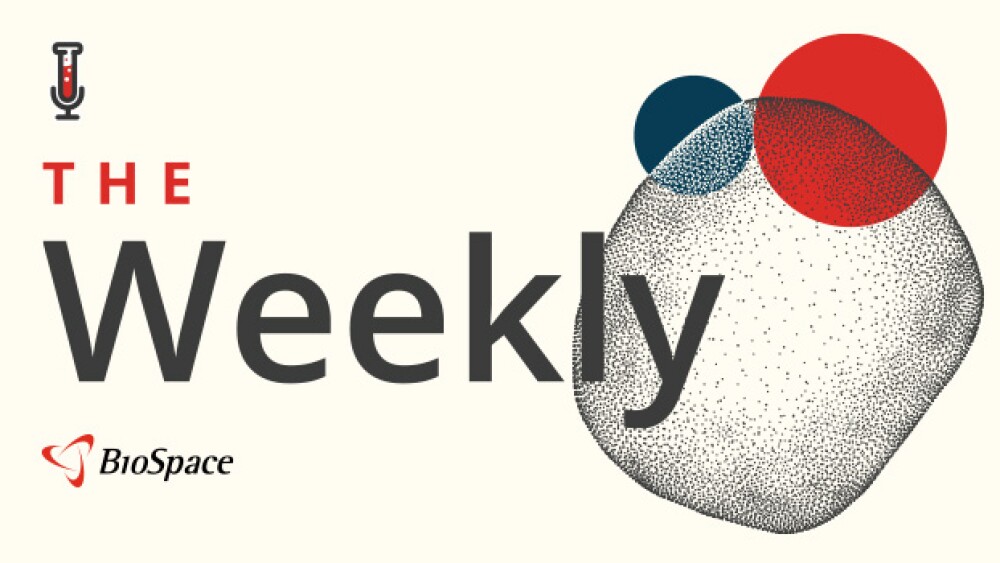The Commissioner’s National Priority Vouchers aim to offer accelerated pathways to drugs that meet certain criteria, perhaps including a low price-tag. But the policy is vaguely defined and was announced without public input, going against the FDA’s own published practices, experts say.
The FDA’s new accelerated voucher program, first announced a month ago and formally launched last week, is the latest piece of spaghetti the Department of Health and Human Services has thrown against the wall since President Donald Trump took office in January, experts say. Like other policies put forth by the new administration, whether this one sticks is unclear, as is how it will work.
“This is part of a broader trend of the administration releasing more general policy and then not providing significant detail of how it would be implemented,” Rachel Sachs, a professor of law at Washington University in St. Louis who works on health law and food and drug regulation, told BioSpace.
The Commissioner’s National Priority Voucher (CNPV) program was first announced in June and officially opened for business in a pilot run last week. On July 11, FDA Commissioner Marty Makary suggested that the price of drugs would be considered when granting new vouchers to put drugs onto accelerated approval pathways, in a seeming effort to combat high drug prices in the U.S.
But the lack of clarity on how the voucher program will function, or lower drug prices, is a thorn in the biopharma industry’s side, according to Sachs. Companies need to know what exactly the drug approval process is based on, and the vagueness of the new voucher program, the terms it uses and even the process through which it was announced are opaque at best, she explained.
“The way the administration speaks in generalities about these proposals is not helpful for manufacturers who want to understand what their rights are, and observers trying to understand what the admin is doing,” Sachs said. “The administration could choose to communicate more transparently, with more information upfront. That would be much more helpful not just for industry but for clinicians and patients and observers.”
Every Drug Is Innovative
The overall aim of the program is to reduce approval timelines from 10–12 months to 1–2 months for drugs that meet at least one of several criteria. In addition to increased affordability, these criteria include whether the drug relates to ongoing health crises, delivers “more innovative cures for the American people” or relates to onshoring drug manufacturing.
That’s pretty much the extent of what the FDA has shared, leaving drugmakers with more questions than answers. Sachs pointed to the use of intangible factors like a “health crisis,” which the FDA did not define.
Patricia Zettler, a law professor at Ohio State University who focuses on food and drug law, agreed, highlighting the “innovative cures” language as similarly ambiguous. “I imagine that every company views a new drug for which they seek approval as a potential innovative drug for the American people,” she told BioSpace.
The potential tie to drug pricing is another uncertainty hanging over the CNPV program. “The statutory and regulatory standard of approval is based on safety and effectiveness. It is based on clinical trial data. It is not based on pricing,” Sachs said.
She speculated that pricing would not factor into the approval process itself, but rather would help determine whether a review is expedited. “But at some point people will ask questions about whether those two things are the same,” she said.
Beyond the questions about the program itself, it’s not clear if such vouchers are even appealing to sponsors, Zettler pointed out. “As a practical matter, it’s a voucher giving a slightly faster review, but is that worth changing prices on a company’s portfolio of drugs or even one drug?”
The FDA, Zettler pointed out, has no direct mechanism or authority for forcing a company to change its prices one way or another. “It’s only worth a vague promise from a company.”
Confusion Reigns
The lack of detail regarding the CNPV program highlights a bigger issue with the way the current administration rolls out new policies, Sachs and Zettler said.
During the Obama administration, the FDA worked to identify best practices for issuing guidance on new policy. One of the goals was to increase transparency to the public and to companies that the FDA regulates.
That effort culminated in the Good Guidance practices, which the FDA now uses to develop and implement the agency’s policies or interpretations on regulatory issues. These best practices involve posting policies on FDA Basics and asking the public for input on new proposals. This allowed the public, patients and other interested parties the opportunity to communicate directly with the FDA about any given policy.
“There’s a good reason the FDA created its Good Guidance regulations,” said Zettler. “Policy processes that the agency has historically followed has allowed for that input.”
Now, Trump’s team of healthcare administrators announces new initiatives before they’re fully baked and without any public input, both law professors agreed. Sachs pointed the FDA’s recent release of a cache of 200-odd complete response letters sent to sponsors, with the aim of “radical transparency,” as another example. Just as with the CNPV program, key details were omitted, Sachs said. “The commissioner wrote a piece in the Washington Post that didn’t make it clear at all that the letters were for products already approved so the CRLs were already published, which significantly limits the effects of the transparency goal.”
Other illustrations of the new administration’s more-opaque approach to policymaking include HHS’ moves to delay a variety of advisory committee meetings without explanation and a “lack of transparency” around the HHS’ mass staff layoffs. Such moves leave a lot to the imagination when it comes to understanding what exactly administrators are looking for, Sachs said.
“I’ve read a bunch of articles where it’s very clear that everyone quoted has a different mental model of what the administration is doing. I don’t know what this is.”






